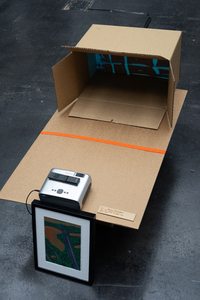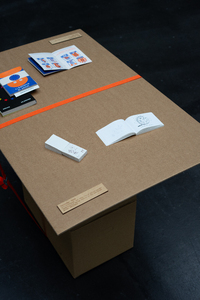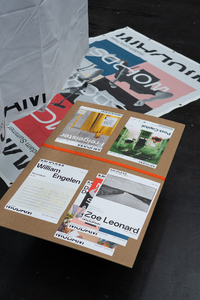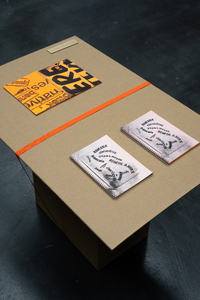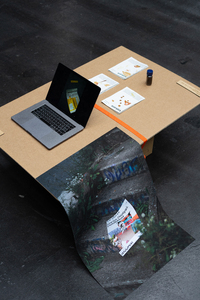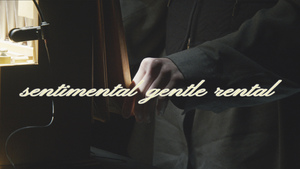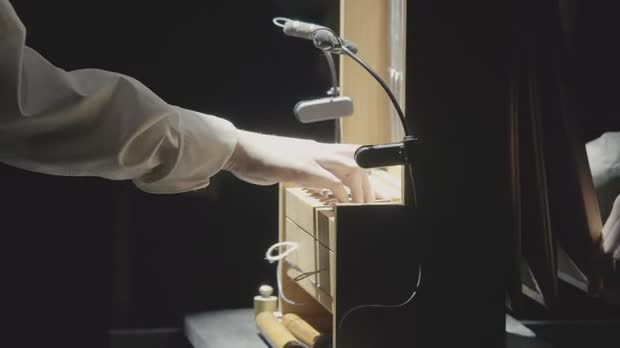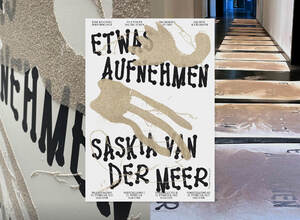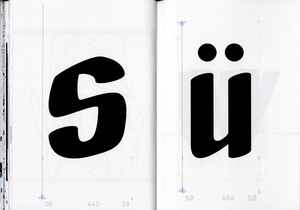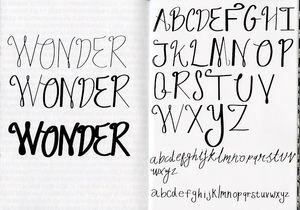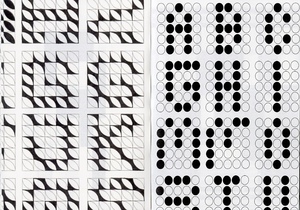"Kommunikationsdesign"
| Begriff | Kommunikationsdesign |
| Metakey | Studiengang (institution:program_of_study) |
| Typ | Keyword |
| Vokabular | HfG |
419 Inhalte
- Seite 1 von 35
Werkschau
- Titel
- Werkschau
- Autor/in
- Titel
- Werkschau
- Urheberrechtshinweis
- Bob Reinert
- Rechtsschutz/Lizenz
- Freigabe Nutzung HfG
- Beziehung/Funktion
- Projektleiter/in
- Semester
- Studiengang
- Typ der Abschlussarbeit
- Importiert am
- 06.03.2024
- Übergeordnete Sets
- 1
Werkschau
- Titel
- Werkschau
- Autor/in
- Titel
- Werkschau
- Urheberrechtshinweis
- Bob Reinert
- Rechtsschutz/Lizenz
- Freigabe Nutzung HfG
- Beziehung/Funktion
- Projektleiter/in
- Semester
- Studiengang
- Typ der Abschlussarbeit
- Importiert am
- 06.03.2024
- Übergeordnete Sets
- 1
Werkschau
- Titel
- Werkschau
- Autor/in
- Titel
- Werkschau
- Urheberrechtshinweis
- Bob Reinert
- Rechtsschutz/Lizenz
- Freigabe Nutzung HfG
- Beziehung/Funktion
- Projektleiter/in
- Semester
- Studiengang
- Typ der Abschlussarbeit
- Importiert am
- 06.03.2024
- Übergeordnete Sets
- 1
Werkschau
- Titel
- Werkschau
- Autor/in
- Titel
- Werkschau
- Urheberrechtshinweis
- Bob Reinert
- Rechtsschutz/Lizenz
- Freigabe Nutzung HfG
- Beziehung/Funktion
- Projektleiter/in
- Semester
- Studiengang
- Typ der Abschlussarbeit
- Importiert am
- 06.03.2024
- Übergeordnete Sets
- 1
Werkschau
- Titel
- Werkschau
- Autor/in
- Titel
- Werkschau
- Urheberrechtshinweis
- Bob Reinert
- Rechtsschutz/Lizenz
- Freigabe Nutzung HfG
- Beziehung/Funktion
- Projektleiter/in
- Semester
- Studiengang
- Typ der Abschlussarbeit
- Importiert am
- 06.03.2024
- Übergeordnete Sets
- 1
Video thumbnail sentimental gentle rental
- Titel
- Video thumbnail sentimental gentle rental
- Autor/in
- Kategorie
- Typ des Projekts/Werks
- Schlagworte
- Datierung
- 23.02.2024
- Titel
- Video thumbnail sentimental gentle rental
- Urheberrechtshinweis
- © Juliane Schmitt
- Rechtsschutz/Lizenz
- Freigabe Nutzung HfG
- Projektleiter/in
- Semester
- Studiengang
- Typ der Abschlussarbeit
- Importiert am
- 09.08.2024
- Übergeordnete Sets
- 1
Videodokumentation sentimental gentle rental
- Titel
- Videodokumentation sentimental gentle rental
- Autor/in
- Kategorie
- Typ des Projekts/Werks
- Schlagworte
- Datierung
- 23.02.2024
- Titel
- Videodokumentation sentimental gentle rental
- Urheberrechtshinweis
- © Juliane Schmitt
- Freigabe Nutzung HfG
- Medienersteller/in
- Beziehung/Funktion
- Medien-Beschreibung
- Kamera: Pauline Cemeris
Schnitt: Juliane Schmitt
- Kamera: Pauline Cemeris
- Abgebildete Personen
- Projektleiter/in
- Semester
- Studiengang
- Typ der Abschlussarbeit
- Importiert am
- 09.08.2024
- Übergeordnete Sets
- 1
Veranstaltungsplakat + Prozess
- Titel
- Veranstaltungsplakat + Prozess
- Autor/in
- Kategorie
- Typ des Projekts/Werks
- Schlagworte
- Datierung
- Februar 2023
- Titel
- Veranstaltungsplakat + Prozess
- Urheberrechtshinweis
- © Saskia van der Meer
- Freigabe Nutzung HfG
- Medienersteller/in
- Beziehung/Funktion
- Medien-Beschreibung
- Gestaltung in Zusammenarbeit mit Isabel Motz. Druckprozess im Siebdruck (Kleber, Sand).
- Projektleiter/in
- Semester
- Studiengang
- Typ der Abschlussarbeit
- Importiert am
- 05.10.2024
- Übergeordnete Sets
- 1
Typography
- Titel
- Typography
- Kategorie
- Typ des Projekts/Werks
- Titel
- Typography
- Titel (en)
- Typography
- Urheberrechtshinweis
- in Bearbeitung
- Freigabe Nutzung HfG
- Beziehung/Funktion
- Projektleiter/in
- Studiengang
- Importiert am
- 17.07.2025
- Übergeordnete Sets
- 1
Typography
- Titel
- Typography
- Kategorie
- Typ des Projekts/Werks
- Titel
- Typography
- Titel (en)
- Typography
- Urheberrechtshinweis
- in Bearbeitung
- Freigabe Nutzung HfG
- Beziehung/Funktion
- Projektleiter/in
- Studiengang
- Importiert am
- 17.07.2025
- Übergeordnete Sets
- 1
Typography
- Titel
- Typography
- Kategorie
- Typ des Projekts/Werks
- Titel
- Typography
- Titel (en)
- Typography
- Urheberrechtshinweis
- in Bearbeitung
- Freigabe Nutzung HfG
- Beziehung/Funktion
- Projektleiter/in
- Studiengang
- Importiert am
- 17.07.2025
- Übergeordnete Sets
- 1
Typography
- Titel
- Typography
- Kategorie
- Typ des Projekts/Werks
- Titel
- Typography
- Titel (en)
- Typography
- Urheberrechtshinweis
- in Bearbeitung
- Freigabe Nutzung HfG
- Beziehung/Funktion
- Projektleiter/in
- Studiengang
- Importiert am
- 17.07.2025
- Übergeordnete Sets
- 1
